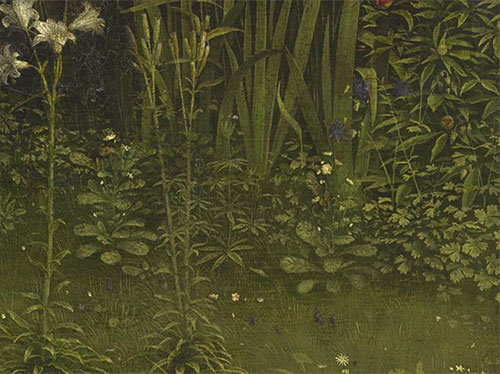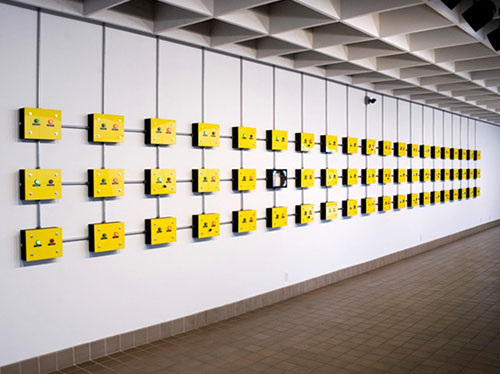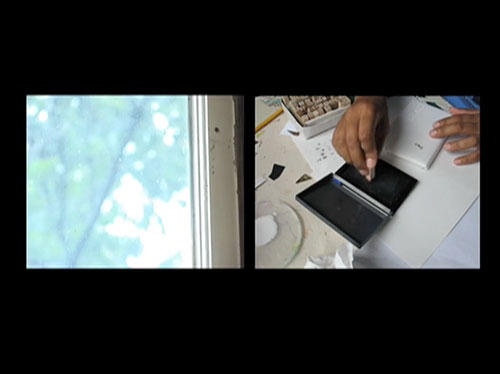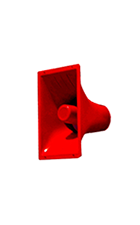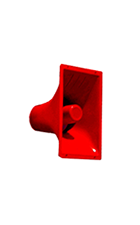I'm a Professor in the School of Art and Design at the University of Illinois, Urbana-Champaign, where from 2018-2024 I also served as Dean of the College and Fine and Applied Arts. Originally from South Carolina, I studied painting at RISD and public art at MIT before entering higher education as a teacher, researcher, and administrator.
Though I spent some years making art on my own, today I mostly work with others on efforts that could result in art, but that also result in new scholarship, public programs, or institutional change. To this end I've become a student of the ways in which groups come together around divergent interests to achieve social transformation.
Nuclear Film
With Ned O'Gorman, I study the role of photography and film in nuclear imperialism, with a focus on the work of an Air Force film studio based in Hollywood during the Cold War.
Ten years of research together resulted in Lookout America! The Secret Hollywood Film Studio at the Heart of the Cold War (Dartmouth 2019), an award-winning book we wrote and designed.
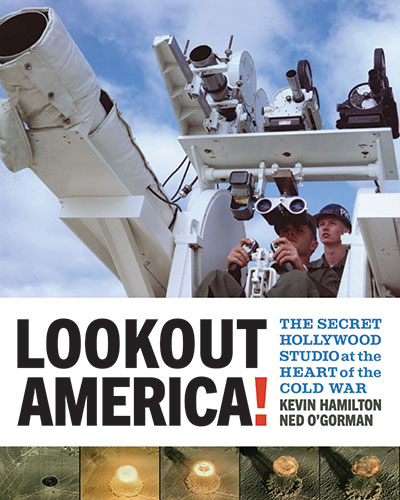
For more about the book and a glimpse at the materials that support our research, go to lookoutamerica.org or preview the book's introduction. Other recent results of our continuing work in this area include:
“Seeing Experimental Imperialism in the Nuclear Pacific” Media+Environment, Vol. 3, Issue 1 (2021) [link]
“Where is the Nuclear Sovereign?” in Responding to the Sacred, Bernard-Donals & Jensen, eds. (Penn State 2021) [link]
“The Horrifying Hollywood Movie that Determind U.S. Nuclear Policy” in Zócalo Public Square, (2020) [link]
In another thread of this work, art historian Johanna Gosse and I explore our common interests in how footage from the Operation Crossroads atomic test circulates through art, popular culture, and contemporary journalism on the Anthropocene. We presented "Image Operations: Surplus Visibility in Oceanic Nuclear Testing" at the 2021 Society for Cinema and Media Studies conference, and at Johanna's home institution, University of Idaho, who posted the video of our talk.
Algorithmic Bias
I lent expertise in interface design and new media to the work of a team that published some of the first theoretical and social-scientific work on bias in algorithmic systems. My collaborators built on this work to launch and win a lawsuit against the federal government.

“When the Algorithm Itself Is a Racist: Diagnosing Ethical Harm in the Basic Components of Software” [link] [pdf]
“A Path to Understanding the Effects of Algorithm Awareness” [link] [pdf]
“The Image of the Algorithmic City: a Research Approach” [link] [pdf]
“'I always assumed I wasn't really that close to [her]'” [link]
Cybernetics
The University of Illinois, where I’ve worked since 2002, once housed the Biological Computer Laboratory, a leading global center for cybernetics research. I’ve been looking at that laboratory’s legacy through art, scholarship, and archival work.
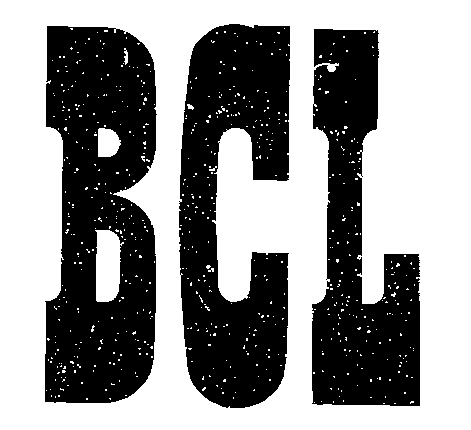
BCL/IGB, a mural for the Institute for Genomic Biology.
A Place in Time, a comic book on the intersecting paths of cyberneticist Heinz Von Foerster and John Lee Johnson, a local Black activist.
“Where the Turtles End”, my article about one of the lab's overlooked machines.
The Cybernetics Thought Collective, an NEH-funded digitization effort I helped advise.
Knowledge Infrastructures
As founding editor and regular advisor to Ground Works, a peer-review platform for interdisciplinary arts research hosted by the Alliance for the Arts in Research Universities (A2RU), I regularly convene conversations about the epistemologies and materialities of interdisciplinary collaborative research:

Ground Works co-founder Daragh Byrne and I joined Executive Editor Veronica Stanich for this 2019 overview of the Ground Works platform.
For a 2020 Ground Works conference panel I hosted a conversation between an interdisciplinary research team working at CERN, and two experts in cross-disciplinary collaborations in art and ecology.
This 2021 panel brought together managing editors from Leonardo, Art Journal Open, and the Journal for Artistic Research for a conversation on opportunities for artists in scholarly publishing.
As Editor-in-Chief and ongoing Advisory Board member of Media-N: the Journal of the New Media Caucus, I supervised the migration of the journal to an Open Journal Systems platform. The National Academies of Sciences, Engineering, and Medicine also called on my expertise in interdisciplinary research methodologies for their study on the Integration of the Humanities and the Arts with Sciences, Engineering, and Medicine in Higher Education, as reflected in their publication Branches from the Same Tree.
Leadership
I began working full-time as an administrator in 2013 after several years of service as founding chair of a new degree program. For a glimpse into how I strive to approach this work, please see my contribution to Radical Humility: Essays on Ordinary Acts (Belt Publishing 2021). Some of the efforts I’ve helped lead include:
An experimental interdisciplinary graduate program in technology studies.
FAA Away : interviews conducted with faculty during the early days of the COVID-19 pandemic.
A guide to revising faculty promotion criteria to reflect community-partnered research.
New research initiatives in Design, Arts Impact Assessment, and Black Arts.
A campus-wide conference on interdisciplinary research and the public good.
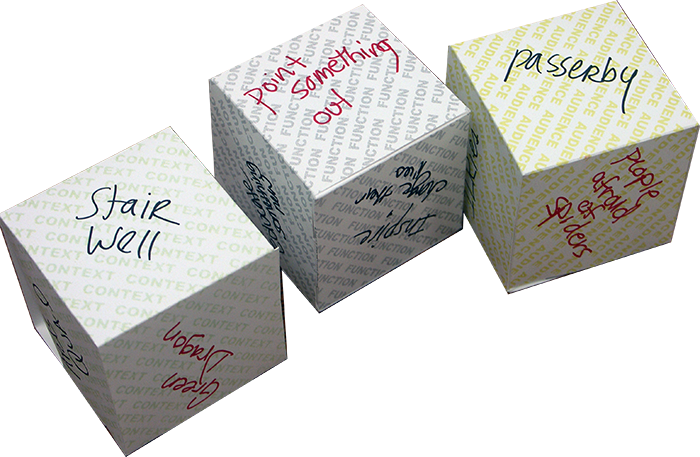
Art Writing
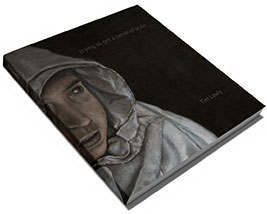
“The Aesthetics and Politics of Slowness: A Conversation”, with Kwastek, Koepnick, & La Cour. ASAP/Journal v.4, n.3, September 2019. pdf
“Slow Media Art - Seeing Through Speed in Critiques of Modernity”, with Katja Kwastek. ISEA 2015 Conference Proceedings.
Art and Infrastructures: Information, edited with Terri Weissman (2014).
Trying to Get a Sense of Scale, edited for Tim Lowly (2012).
Selected Talks and Appearances
Unfixed Research
U. of Maryland (2017)
Digital Humanities
Unit for Criticism (2015)

I also teach regularly
at a social justice oriented and LGBTQ inclusive and affirming church.

